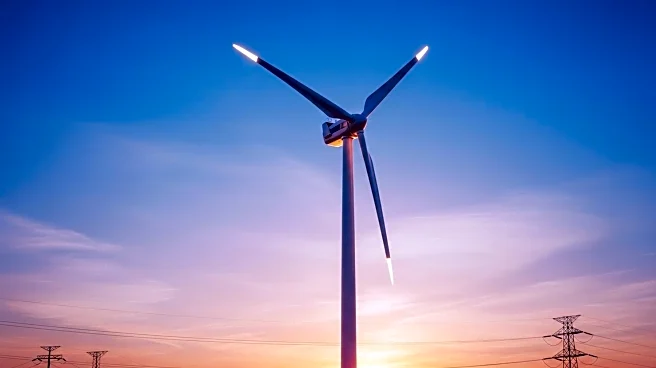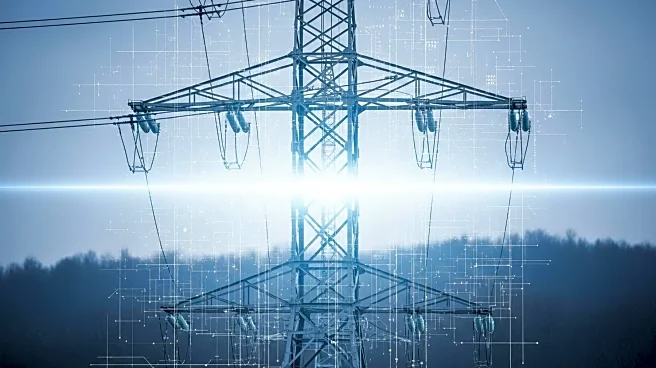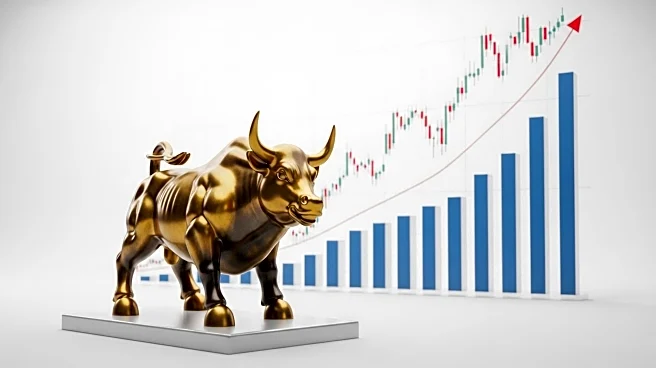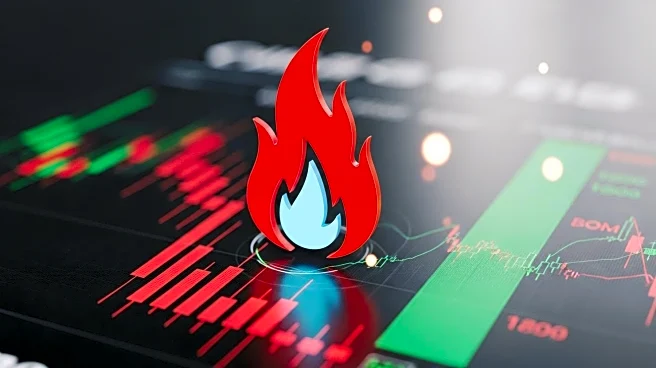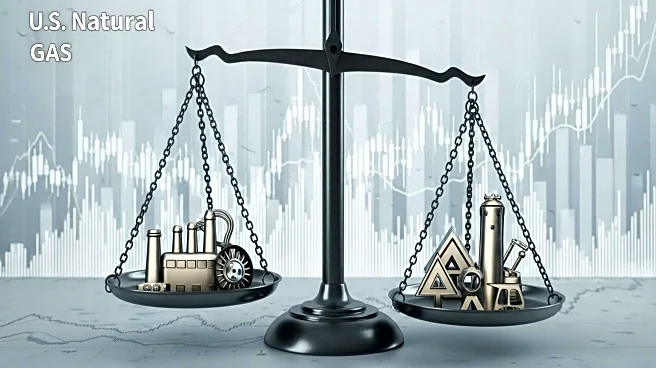What is the story about?
What's Happening?
The U.S. natural gas market is experiencing significant volatility, with speculative net positions in natural gas futures turning sharply negative as of August 2025. Non-commercial traders, including Managed Money and Swap Dealers, are holding a combined net short of 3.15 million MMBtu, indicating a bearish sentiment. This contrasts with the 1.92 million MMBtu net long position held by commercial entities such as producers and processors. The divergence in positions suggests a shift in risk appetite, with speculative capital betting on prolonged weakness in natural gas prices, while commercial players hedge for stability. This market dynamic presents an opportunity for investors to rotate into energy-linked sectors that benefit from lower gas prices, while also managing exposure to volatile oil and gas markets.
Why It's Important?
The current market conditions have significant implications for various stakeholders in the U.S. economy. Industrial conglomerates, particularly those in energy-intensive sectors like chemicals, steel, and manufacturing, stand to benefit from reduced production costs due to lower natural gas prices. Companies such as Dow Inc. and Nucor have historically outperformed during periods of gas price normalization. However, these sectors also face risks from potential price rebounds, which could erode profit margins. The bearish sentiment in the natural gas market, as reflected in the CFTC Commitments of Traders report, highlights the fragility of the oil and gas sector, with energy producers facing underutilized infrastructure and margin compression. Investors are advised to adopt strategies that include sector rotation and dynamic hedging to mitigate risks and capitalize on opportunities.
What's Next?
Investors are encouraged to overweight industrial conglomerates with strong hedging practices and consider using inverse ETFs like the United States Natural Gas Fund to manage downside risk in oil and gas equities. The speculative shorts in the market are concentrated among a few top traders, increasing the risk of sudden market corrections. Monitoring this concentration and adjusting hedging ratios will be crucial. Additionally, the AI-driven energy transition is expected to stabilize natural gas prices in the long term, as AI is projected to account for a significant portion of global power consumption by 2030. This creates opportunities for industrial conglomerates investing in grid modernization and hydrogen infrastructure.
Beyond the Headlines
The ongoing energy transition, driven by AI and renewable energy, presents both challenges and opportunities for the natural gas market. While speculative shorts indicate a bearish near-term outlook, the long-term demand fundamentals remain strong. The shift towards AI-driven data centers and renewable energy sources could stabilize natural gas demand, providing a reliable backup to renewables. This paradox of speculative shorts coexisting with long-term demand fundamentals underscores the need for strategic investment decisions that balance short-term volatility with long-term growth prospects.
AI Generated Content
Do you find this article useful?


